The Lucerne grass, commonly called alfalfa, is a highly precious forage legume because of its palatable and nutritious benefits compared to Napier and other fodder.
Lucerne grass increases the quality and quantity of milk production, making your dairy animals stronger and healthier.
Lucerne is usually mixed with silage made from green maize supplemented with concentrates for quick and visible results. Most farmers ignore this type of green gold because they think it is challenging to grow.
However, contrary to dishonest opinions, lucerne does best in all areas with good management practices.
Related: Fodder Beet Farming in Kenya: The Best Yielding Forage Crop
Lucerne Grass Varieties in Kenya.
Four popular varieties of lucerne grass are grown in Kenya. These include;
- The Hunter river
- The Cuf 101
- Lucerne Aurora
- The Hairy Peruvian
The hunter river suits high-altitude areas, whereas the Cuf 101 and the hairy Peruvian do well in lower altitudes.
All three types require the following cultivation conditions for the best results.
Soil requirement
Deep (3.5 meters deep) fertile and free-draining soils with little or no murram or small rocks are ideal for lucerne growth.
Farmers interested in growing alfalfa grass should have their soil tested for acidity before planting.
The soil samples should be taken from the top (0-10cm) and the subsoil(30-40cm). The soil PH should be neutral up to 5.6. If the sub-soil sample has a PH of less than 5.5, it is considered too acidic and unsuitable for growing lucerne.
However, in acidic soils with a pH of less than 4.9, you should apply agricultural lime at 10 tonnes per hectare. Phosphates, inoculants, and liming promote root development, modulation, and nitrogen fixation.
Climatic requirement
Alfalfa grass does well in a warm and sunny climate with well-distributed rainfall of more than 1200mm annually. The grass may require supplementary irrigation under prolonged dry spells. Long high humidity leads to increased pests and diseases.
How to grow Lucerne grass for profit
Seedbed preparation
Alfafa requires a fair, firm, and weed-free seedbed prepared before the onset of the rains. You should well break the subsoil with a forked jembe.
Ten tonnes of thoroughly decomposed farmyard manure should be applied and mixed well with the subsoil.
Planting
Make furrows 30-40cm apart and 2.5cm deep. Use 10-15kgs of lucerne seeds per hectare. In places where lucerne hasn’t been grown, use lucerne inoculant from agrochemical companies in Kenya.
However, in areas where inoculant is not readily available, collect soils from lucerne-grown regions and mix them with the seeds before planting.
Apply Phosphatic fertilizer during planting at 40kg P2O5 per hectare. There is no need to apply any nitrogenous fertilizer during the required period nor to maintain
Lucerne during growth.
It would help if you did hand weeding 4-6 weeks after planting; subsequently, the weed reappears.
You can also use plant extracts or organic pesticides 2-3 times to control pests. Continue applying farmyard manure to the lucerne field to improve soil fertility structure and herbage yields.
Harvesting
Lucerne grass is harvested when it starts flowering(30cm high) up to a stable height of 4.5cm from the ground level. You can obtain 6-8 cuts in a year. Never allow grazing of lucerne grass.
Farmers are encouraged to let alfalfa grass wilt before feeding it to their animals, as fresh grass can cause bloating.
The excess lucerne can be conserved as hay(whole or chopped). Lucerne grass gives up to 6 tonnes of dry matter per hectare per year and 25-30% crude protein.
Where to get lucerne seeds in Kenya
Certified lucerne grass seeds for sale are available online at Kenyaseedcompany.com or from approved retailers.


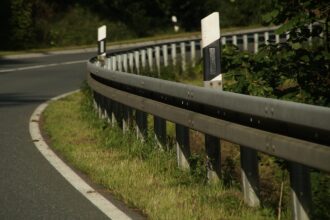


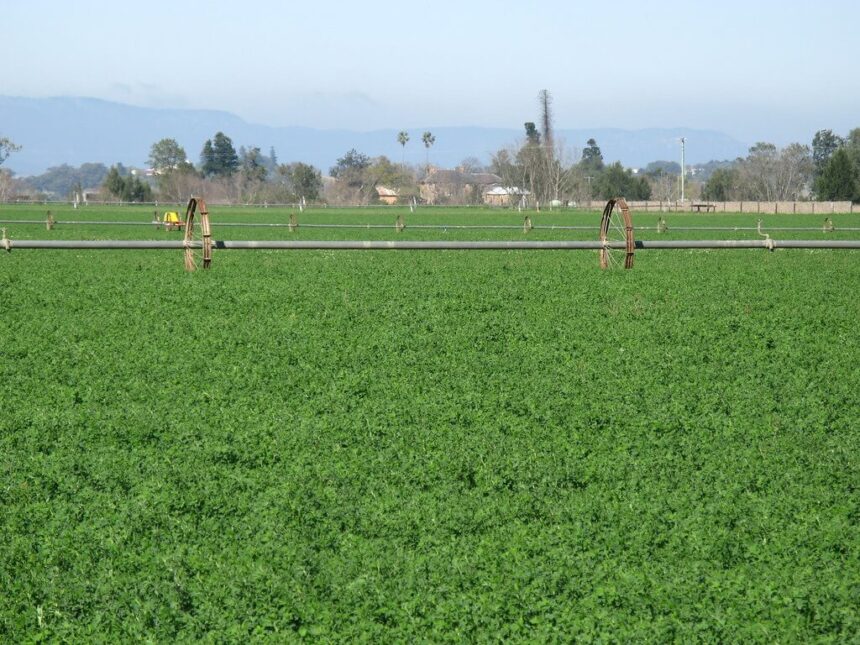
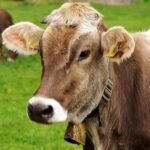

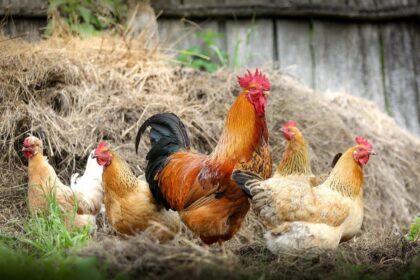
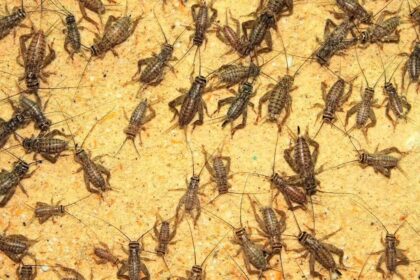
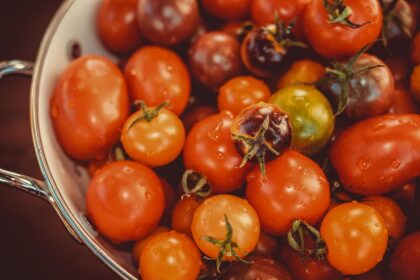

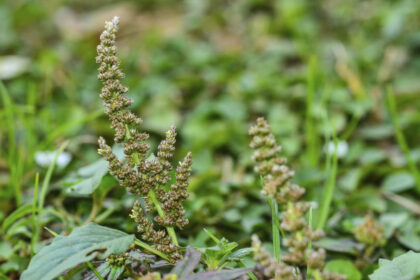
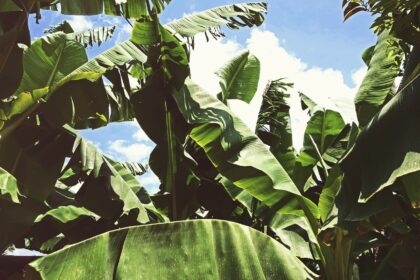
Very helpful✅